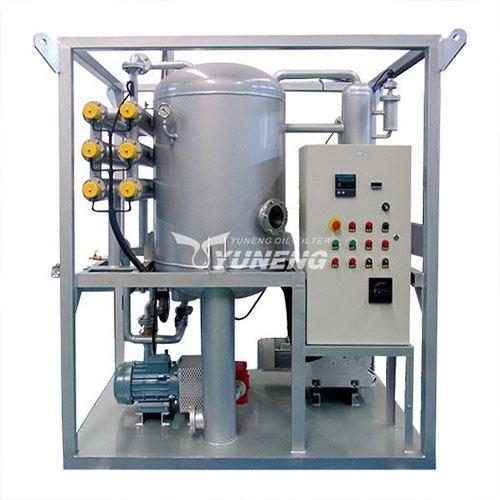Best Practices for Transformer Oil Purification in Renewable Energy Applications

The renewable energy sector, with its growing reliance on wind and solar power, is heavily dependent on the reliable operation of transformers. To ensure optimal performance and longevity of these critical components, proper transformer oil purification is essential. This blog will outline best practices for maintaining the health of transformer oil in renewable energy applications.
Understanding the Unique Challenges of Renewable Energy Applications
Transformer oil in renewable energy installations faces specific challenges due to the nature of these power sources:
Exposure to Harsh Environments: Wind turbines and solar farms often operate in remote, exposed locations, subjecting transformer oil to extreme weather conditions, including temperature fluctuations, humidity, and contaminants.
Intermittent Load Cycles: The intermittent nature of renewable energy generation can lead to accelerated oil degradation and increased moisture ingress.
Grid Integration Challenges: Voltage fluctuations and harmonics associated with grid integration can impact oil quality.
Best Practices for Transformer Oil Purification
Regular Oil Analysis:
Implement a comprehensive oil analysis program to monitor oil condition and identify potential issues early on.
Establish baseline oil properties and track changes over time.
Analyze for contaminants such as water, solids, acids, and gases.
Timely Oil Purification:
Develop a preventive maintenance schedule for oil purification based on oil analysis results and equipment operating conditions.
Consider the use of online oil monitoring systems for real-time condition assessment.
Employ effective oil purification technologies, such as vacuum dehydration, filtration, and degasification.
Proper Oil Handling and Storage:
Adhere to strict oil handling procedures to prevent contamination during transfer and storage.
Use clean and dry equipment and containers.
Store oil in a cool, dry environment away from direct sunlight.
Equipment Selection and Maintenance:
Choose oil purification equipment specifically designed for renewable energy applications.
Ensure proper installation and commissioning of purification equipment.
Implement a regular maintenance program to optimize equipment performance.
Training and Personnel:
Provide comprehensive training to personnel involved in oil handling, purification, and analysis.
Emphasize the importance of following established procedures and safety guidelines.
Additional Considerations
Oil Condition Monitoring: Utilize advanced oil condition monitoring techniques, such as dielectric strength testing and interfacial tension measurements, to assess oil quality comprehensively.
Oil Additives: Consider using oil additives to enhance oil performance and extend its service life.
Environmental Compliance: Adhere to environmental regulations and proper disposal of contaminated oil and waste products.
By following these best practices, renewable energy operators can significantly improve the reliability and lifespan of their transformers, reducing maintenance costs and maximizing energy output.
Would you like to focus on a specific aspect of transformer oil purification, such as oil analysis or purification technologies?
- Art
- Causes
- Crafts
- Dance
- Drinks
- Film
- Fitness
- Food
- Games
- Gardening
- Health
- Home
- Literature
- Music
- Networking
- Other
- Party
- Religion
- Shopping
- Sports
- Theater
- Wellness


